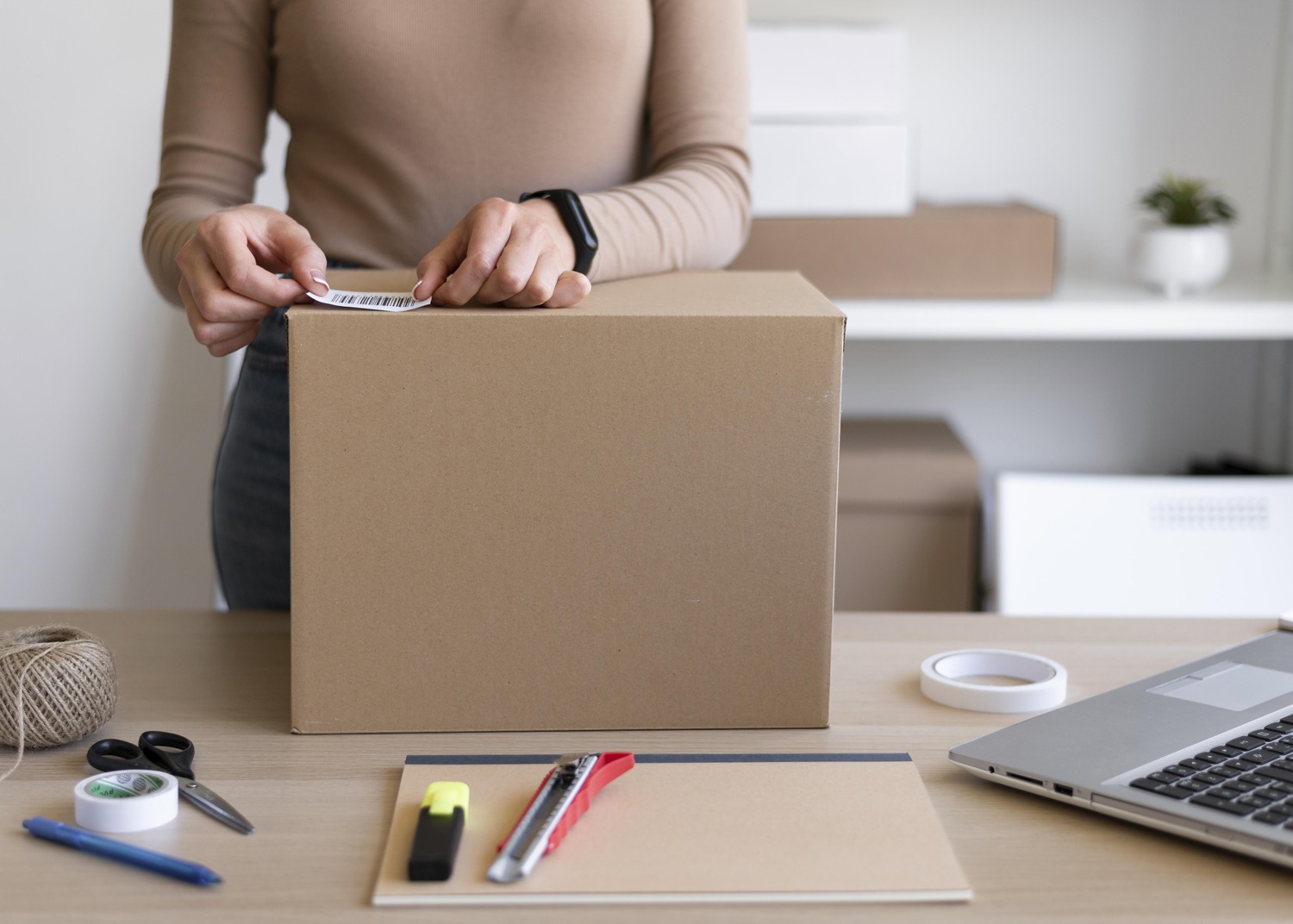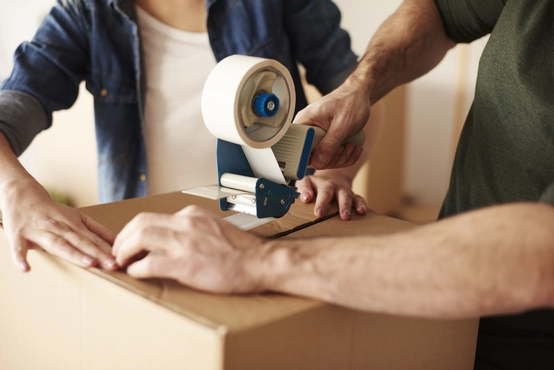How to properly secure a computer for shipping?
Securing your computer before shipping is a crucial process that requires attention and the right methods. Here are proven ways to effectively secure your equipment so it reaches its destination unscathed.
Security Planning
Data Security
The first step in the security process is to back up your data. This is a fundamental action that guarantees the safety of information regardless of the physical state of the device. Regular backups not only protect against the loss of valuable information, but also allow for quick restoration in the event of a disaster.
Dismantling and Securing Components
A key aspect of securing is the removal of moving parts, such as hard drives and graphics cards. Each component should be secured individually, using cushioning and anti-static materials. In addition, when packing, it is advisable to use appropriate protective materials, such as printed adhesive tape, which allows both the package to be sealed tightly and the contents to be easily identified thanks to visible markings. This type of solution not only increases transport safety, but also makes it easier to identify shipments in the logistics process.
Precise marking of packages and the use of materials suitable for the protection of electronics minimizes the risk of damage during transport, which is crucial in securing equipment and data.
Materials for Security
Use of Bubble Wrap and Other Shock Absorbing Materials
Bubble wrap is the backbone of physical protection for your computer, offering protection against shocks and accidental bumps. This is complemented by foam inserts and Styrofoam, which stabilize the device in the package, preventing it from moving during transport. It's also worth considering the use of modern, eco-friendly shock-absorbing materials that minimize environmental impact while providing an adequate level of protection.
Use of Tape for Additional Security
Although tape plays a supporting role in this process, its importance should not be underestimated. Used mainly to secure cushioning materials and stabilize components, it also plays an important role in building a professional image for the shipment. For example printed tapes can simultaneously serve a protective and promotional function, communicating the company's logo or important information, such as "Caution!" or "Delicate contents." This lets recipients know that the shipment has been properly prepared and protected, strengthening their confidence in the sender.
Packaging Techniques for Optimal Security
Packing the Main Unit
Protecting the edges and corners of the computer is key to ensuring its integrity during transport. It is best to use several layers of bubble wrap to protect the device from shocks and mechanical damage. Then the whole thing should be secured with tape so that the protective material does not move during transport. For additional protection, consider using cartons reinforced with special inserts.
Monitor Security
Monitors, especially their screens, require special protection. The best solution is to use dedicated packaging with soft padding, which eliminates the risk of scratches and damage. In addition, it is a good idea to protect the screen with a thick layer of bubble wrap, making sure that each component is carefully wrapped. Printed paper tapes can be used to mark areas of concern, such as "Do not press" or "Delicate screen."
Labeling and Final Packing of the Parcel.
Clear labeling of the package is crucial for its safety. Information such as "Caution!", "Delicate contents" or "Do not throw" should be visible and legible. When using eco-friendly printed paper tapes, this information can be both functional and aesthetically pleasing, building a professional image for the shipper.
Courier Selection and Insurance
When deciding which courier company to choose, it is worth paying attention to the available insurance options and the ability to track the shipment in real time. A well-packed package, marked with the appropriate messages, increases the chances of its safe delivery, and insurance provides additional peace of mind in case of any problems in transit.
Protection Against External Factors
Protecting a computer from external factors such as moisture, extreme temperatures or contaminants is a key part of the entire packaging process. Improper preparation can lead to damage, which often proves costly to repair.
Moisture Protection
Moisture is one of the most dangerous external factors that can damage delicate electronic components. Wrapping the device with stretch wrap is a basic precaution that creates a tight protective barrier. For added safety, it's a good idea to include sachets of silica gel, which effectively absorb moisture. Also consider using additional layers of protection, such as waterproof packaging or plastic bags, which can protect both the device and cushioning materials.
Thermal Protection
Transportation in extreme temperature conditions requires special preparations. If shipping in very low or high temperatures, thermal or insulating mats will be helpful to reduce the impact of weather on the interior of the package. If the shipment will be stored outside for an extended period of time, it is worth investing in additional packaging made of heat-insulating materials that will maintain stable conditions inside.
Final Security and Inspection
Before the package is finally sealed and shipped, it's a good idea to conduct a thorough review of its contents and security features to ensure that it meets all security requirements.
Stability Check
Stability inside the package is crucial to minimize the risk of mechanical damage. All components should be tightly fitted together, and free spaces should be filled with cushioning materials such as wrapping paper, foam or bubble wrap. A good test is to gently shake the package - if you don't hear any sounds of the items moving, it means that the packaging was done correctly.
Double Security Check
Make sure that all items are solidly secured and properly fastened. Pay attention to the condition of the protective materials - the bubble wrap should not have any cracks, and all the logotype tapes They must be durable. In addition, it is worth inspecting the edges and corners of the carton, which are most vulnerable to damage during transport.
Shipping Documentation
Don't forget to properly prepare shipping documents. The bill of lading, invoice or customs documents (for international shipments) should be legible and placed in a visible place on the package or inside, in a dedicated pocket. Well-prepared documentation will speed up the logistics process and reduce the risk of errors.
Applications
Effectively securing a computer for shipment requires a thoughtful approach to every step of the process. From the proper protection of components from moisture and temperature, to the use of cushioning materials, to the final preparation of the package and documentation, each step plays a key role. Applying these tips will not only help you avoid potential problems in transit, but also ensure that your device arrives intact, ready to be used again.
Summary
Securing a computer for shipment is a process that requires detailed planning and the use of appropriate materials and techniques. By being mindful of data protection, component disassembly, proper packaging and labeling, you can significantly increase the chances of a trouble-free delivery of your device. Comprehensive packaging is key here, covering both the physical and digital aspects of protecting the equipment.







